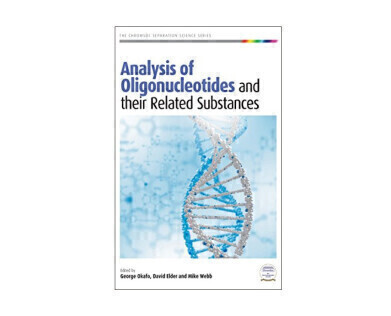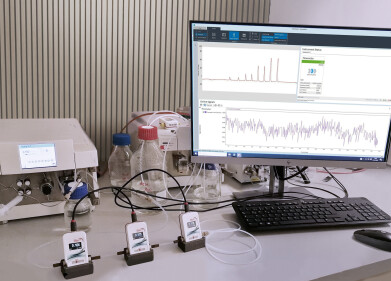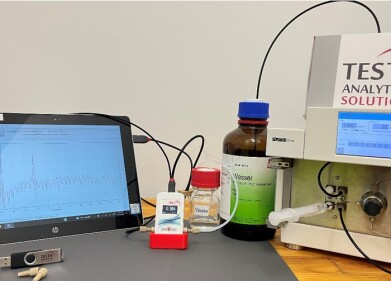HPLC, UHPLC
Characterisation of Synthetic Oligonucleotides
Jan 17 2023
Synthetic oligonucleotides are short strands of nucleic acids that are commonly used in a variety of research and clinical applications. These molecules play important roles in areas such as gene regulation, drug development, and diagnostic testing. As such, it is crucial to accurately characterise synthetic oligonucleotides to ensure their purity, integrity, and activity.
One common technique used to characterise synthetic oligonucleotides is chromatography. This method separates molecules based on their physical and chemical properties, allowing for the identification and quantification of individual components within a sample. There are several types of chromatography that can be used to analyse oligonucleotides, including reverse-phase HPLC, size-exclusion chromatography, and ion-exchange chromatography.
Another useful technique for characterising synthetic oligonucleotides is spectroscopy. This method involves the measurement of the interaction of electromagnetic radiation with a sample, allowing for the determination of the chemical composition and structure of the molecules. UV-visible spectroscopy is commonly used to measure the absorbance of oligonucleotides at different wavelengths, while infrared spectroscopy can provide information about the bonds and functional groups present in the molecules.
Other techniques that are commonly used to characterise synthetic oligonucleotides include mass spectrometry and nuclear magnetic resonance (NMR) spectroscopy. Mass spectrometry involves the measurement of the mass-to-charge ratio of ions, allowing for the identification and quantification of individual components within a sample. NMR spectroscopy uses the magnetic properties of atomic nuclei to provide information about the structure and interactions of molecules.
Overall, modern techniques in chromatography and spectroscopy are essential tools for the accurate characterisation of synthetic oligonucleotides. These techniques allow for the identification, quantification, and analysis of the molecules, enabling researchers and clinicians to optimise their use in various applications.
Events
Feb 03 2025 Dubai, UAE
Feb 05 2025 Guangzhou, China
Mar 01 2025 Boston, MA, USA
Mar 04 2025 Berlin, Germany
Mar 18 2025 Beijing, China









.jpg)




